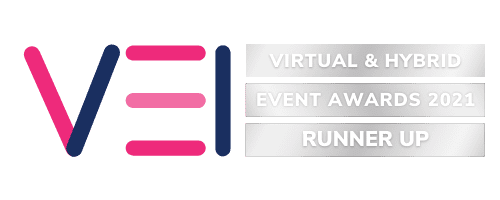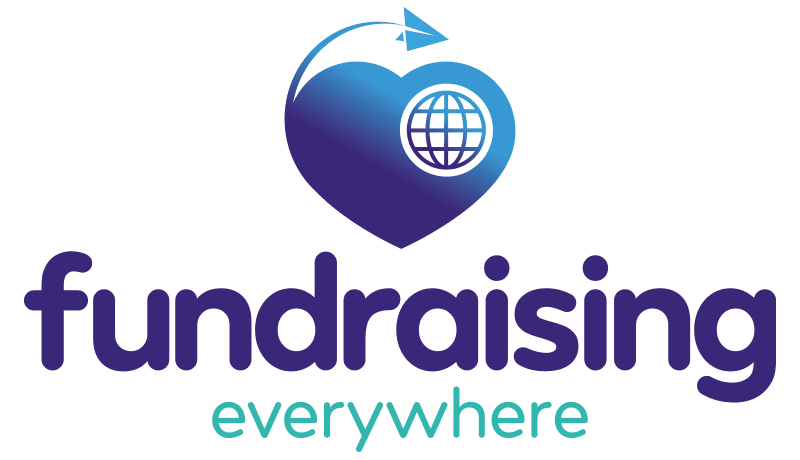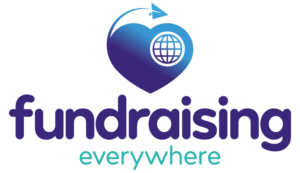
Written by Ashley Hickman, Head of Supporter Experience at Scope
Ashley is a senior leader with 17 years’ experience in direct marketing and customer and brand experience. Having started her career in media and publishing, she moved to the charity sector in 2017, where she has worked in fundraising, marketing and supporter experience roles at organisations including Macmillan Cancer Support, Cancer Research UK and Leonard Cheshire.
We can all agree that a good supporter experience is important. It’s no longer a concept spoken about by senior managers as an extraordinary new way to help retain supporters. Clearly – there’s a conference dedicated to it this week.
Sure, there may sometimes still be discussions in some places about who ‘owns’ the supporter experience. But the truth is, we can all own it.
Supporter experience really is for everyone
Talk to Each Other
Sounds a bit silly, right? But do you know what Jane in the policy team is communicating to supporters this week? Or what Joe in the comms team is writing in a press release? If you do, great! But chances are there are a fair few of us who don’t. So, get in a room together, share your plans, and join up your communications. Not only does having a single voice strengthen your message, but it also reduces duplication. Because, let’s face it, it’s nicer to tweak something that’s already written for your audience than it is to write it from scratch.
Use Your Data Wisely
We love data as fundraisers. We need data as fundraisers. But how often do we really have the time to sit down and get close to our data? Do you have a data model? Do you know how your supporters engage with you? The truth is, not everyone does. So, look at your data. Do some top line analysis. Find out what your supporters have done for you in the last year. And then ask them to do it again or find something else to ask them to do. If you have the budget, invest in a single-supporter-view to do that for you. Get to know your data and ultimately know your supporters better.
Many of us will be sending a monthly newsletter to our supporters. But how often do your supporters actually read that monthly email? In a world that is ever more digitally connected, it’s ever more important that we stay relevant to our supporters. So, why wait for another month to send an email? Take those good news stories, impact statistics and fun facts and send them every other week. Heck, send an email every week. Supporters may not read every single one. But just seeing them in their inbox is a form of engaging, and keeping supporters engaged is key to a good supporter experience.
So, there you have it. Look at your data, talk to your colleagues and talk to your supporters. There really is always something nice and easy that any of us can do to improve the supporter experience.
Learn more about our Supporter Experience Conference here
Voice Your Thoughts 🗣️
Our platform is open to anyone and everyone in the sector that has an opinion, idea, or resource they would like to share to help make our sector better. If you would like write and share something, pop an email over to hello@fundraisingeverywhere.com and we will support you every step of the way to share your voice.

Written by Craig Linton, Director of Elevate AI
Why AI can help us transform supporter experience
This year marks two anniversaries in my career. 25 years since my first fundraising job. 10 years since becoming a consultant. There’s been lots of shiny new things and ‘game changing’ breakthroughs in that time. Few endure and prove their worth.
Here’s why I think AI is different and can help fundraisers provide better supporter experiences and raise more money.
My AI Journey
My first AI epiphany came at the Ask Direct Summer School conference in Dublin last year. A talk by Cherian Koshy brought to life the possibilities AI brings. I started playing about with Chat GPT. Both for content creation and to help with data analysis. Learning about prompting and how to make it genuinely helpful and not just a gimmicky meme-machine. It was great for my own work, but I wasn’t sure how it could scale to make a difference for fundraisers.
The second breakthrough moment was discovering a number of helpful tools and AI wrappers. These tools are often easy-to-use and affordable – democratising technology for even the smallest charity.
When you combine this with the rapid improvement in models, Chat-GPT 4.0, DeepSeek, Gemini etc. Plus the promise of true agentic AI (artificial intelligence that make decisions and act independently to achieve goals) in the next year or two.
Ultimately, my thinking and approach is not about using AI to replace fundraisers. It is about using it to free up fundraiser’s time to do the things that matter – speaking to supporters, being great at gratitude and deliver ‘wow’.
I’ll be sharing what I’ve learned so far. Tips to get your colleagues and management on-board. The tools that excite me and how they can help improve the supporter experience. Plus guidance on how you can use them in your own work.
There are three broad themes where I’ll share examples:
Automations – how can AI help free up your time by automating tasks and connecting systems?
Analysis – how can you use it to analyse your data and provide insight?
Action – what practical, supporter-focussed tools can you use to improve the experience? AI voice, Chatbots and personalised emails are now affordable and can improve experiences.
Of course, there are lots of valid concerns about AI and the implications it has for our lives. The environmental impact, issues around copyright and biases in models are just three. These should not be dismissed lightly. Our job as fundraisers is to find ethical and efficient ways to use it to help deliver the change we want to see in the world for the causes we care deeply about. I’m hoping you’ll come away less sceptical and brimming with the some of the possibilities that AI brings for fundraisers.
Free Resources
We’ll also be giving attendees the chance to create a free charity brand toolkit, persona profile and product playbook. You can then use this to tailor your comms and create great supporter journeys.
You can also check out our blog for more information on the automations and AI we’re using to help charities.
Want to tune in to Craig Linton’s talk at our Supporter Experience Conference on the 22nd May? Learn more here
Voice Your Thoughts 🗣️
Our platform is open to anyone and everyone in the sector that has an opinion, idea, or resource they would like to share to help make our sector better. If you would like write and share something, pop an email over to hello@fundraisingeverywhere.com and we will support you every step of the way to share your voice.

Written by Sarah Tedesco, Chief Operating Officer and Co-Owner of DonorSearch
Legacy giving is growing in popularity across charities of various sizes, missions, and nations. In the UK, 21% of donors aged 40 and up say they’ve included a charitable gift in their wills as of 2023, up from 14% of this demographic in 2010. Additionally, Giving USA reported that bequests (the most common type of planned gift) grew more than any other charitable revenue source in 2023.
While planned gifts can provide impactful funding for your charity, they also pose unique challenges. In particular, many years often pass between a donor committing a legacy gift to an organisation and the charity receiving that large contribution. So, it’s vital for your organisation to maintain strong relationships with legacy donors, starting by expressing your gratitude.
In this guide, we’ll share four strategies to help your charity meaningfully thank its legacy donors and retain their lifelong support. Let’s get started!
1. Express Gratitude Promptly
As soon as you know someone has pledged a legacy gift to your charity, thank them. Even if you plan to recognise them in more elaborate ways later on (as you should!), starting the gratitude process within 48 hours of receiving confirmation of their gift will set your organisation up for a stronger relationship with that donor.
Here are some tips for making these initial thank-yous more meaningful:
- Personalise all messages. Personalisation shows legacy donors that your charity values them as individuals. If you thank them via email, greet them by their preferred name and mention details like their gift type, designation, and past involvement with your organisation. Or, if the donor responds well to phone calls, have a leader or board member at your charity call them to thank them directly.
- Create a planned giving welcome email series. In the weeks after your initial gift confirmation message, follow up with new legacy donors once or twice a week. Send emails explaining your organisation’s current projects and future plans in more detail, and invite donors to deepen their engagement with your charity through activities like volunteering, attending events, and participating in advocacy campaigns.
- Tailor your follow-ups based on donors’ gift designations. Most legacy donors specify that they’d like their contributions to go toward a certain programme or initiative to retain some control over these significant donations. In your welcome email series, make sure to update them on the current status of their chosen initiative so they understand how their gift may help your organisation in the future.
Many charities treat planned gifts as a nice surprise, but it’s more effective to actively promote legacy giving and talk about it openly. In addition to potentially receiving more planned donations, donors will be more likely to tell you they’ve pledged legacy gifts so you can reach out to them sooner.
2. Provide Public Recognition With Consent
After your initial appreciation, go a step further by thanking legacy donors publicly. Not only will you demonstrate to donors how much their contributions mean to your charity, but sharing their stories may also inspire other supporters to make planned gifts.
Some of the best public donor recognition methods for legacy supporters include:
- Your charity’s annual report. Include a ‘Legacy Donors’ section in the customary list of major supporters, and consider spotlighting one or two on separate pages.
- Donor walls. These displays can be physical or digital and may or may not be accompanied by a specific award. In any case, they should set planned donors apart from other contributors.
- Social media or website features. Share short stories about individual legacy donors on social media, or go more in-depth with a blog post or video interview on your organisation’s website.
While many legacy donors will be happy with these forms of recognition, some may prefer to remain anonymous to the public. In these situations, honour donors’ wishes and show all of your appreciation privately.
3. Create a Planned Giving Society
Your charity may already offer memberships, giving programmes, or societies for its monthly, annual, mid-level, or major donors. Legacy donors will also feel appreciated if you invite them to join a dedicated programme or society centred around planned giving.
Once legacy donors have joined the society, continue to show your appreciation by offering them special perks. NXUnite’s membership benefits guide recommends providing incentives like:
- Exclusive society newsletters so legacy donors can keep up with everything going on at your organisation and get a peek behind the scenes.
- Enhanced event experiences such as early-bird registration, unique favours, or bonus raffle entries.
- Discounts on branded merchandise or at your charity shop.
- Society membership cards that legacy donors will be proud to display.
Above all, planned giving societies provide a sense of community, as legacy donors can meet other supporters who share their values and interact more frequently with your organisation’s team. This way, they’ll feel like more connected, active participants in your community.
4. Inform Your Approach With Donor Data
To engage each of your charity’s legacy donors individually, you’ll need to learn a lot about them, and one of the best ways to do this is through prospect research. According to DonorSearch, prospect research allows charities to “gather an immense amount of data—information about donors’ backgrounds, past giving histories, wealth indicators, philanthropic motivations, and more details that help determine prospects’ likelihood of giving.”
Prospecting is particularly useful for identifying potential planned gift donors to reach out to about the opportunity. A good legacy giving prospect should:
- Demonstrate philanthropic tendencies via past donations to your charity or other similar organisations.
- Have a strong affinity for your mission and work based on their personal history, values, and other forms of engagement with your charity.
- Exhibit wealth indicators that specifically apply to planned giving, such as owning property or other significant assets and having a will and life insurance policy.
Securely store this data in your organisation’s database so you can easily reference it while you cultivate and solicit planned gifts. However, you should regularly conduct research on your existing legacy donors as well. This way, you’ll stay up to date on any changes in their financial situation and get deeper insights into their backgrounds that can inform your recognition and retention efforts.
As you implement these strategies, periodically collect feedback from your legacy donors about their experiences with your charity. Not only will you get actionable insights into the success of your recognition efforts, but asking donors for input also helps them feel more valued and appreciated by your organisation.
Voice Your Thoughts 🗣️
Our platform is open to anyone and everyone in the sector that has an opinion, idea, or resource they would like to share to help make our sector better. If you would like write and share something, pop an email over to hello@fundraisingeverywhere.com and we will support you every step of the way to share your voice.
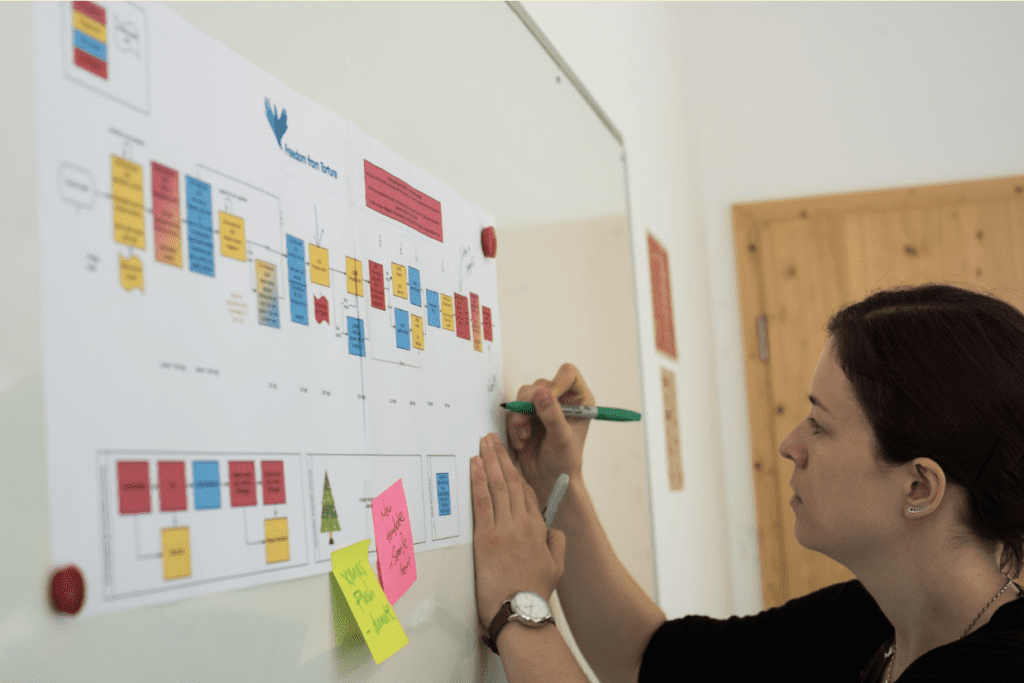
Claire is a digital mobiliser, fundraiser, and campaigner. Having worked in engagement and mobilisation teams at Greenpeace, ActionAid, Cancer Research UK and Amnesty International, she joined more onion over eight years ago. Since then she has delivered dozens of engagement and supporter journeys projects with organisations of all sizes and has trained hundreds of charity professionals in the same.
Crafting Powerful Supporter Welcome Journeys
At More Onion, we’ve had the pleasure to work with charities of all sizes on welcome journeys to warm up, convert and retain brand new donors. Here are some insights from a decade of testing and learning:
What Is A Supporter Journey?
Just to start off with a quick definition to make sure we’re on the same page. We’re talking about a connected series of communications that feel like an ongoing conversation, instead of a seemingly random series of communications that might jump around topics and asks. Within a journey each email is created to meet a specific supporter need at that moment in time, balancing different types of asks, and evolving the narrative as the journey progresses.
Typically supporter journeys are primarily delivered via email, however most journeys also factor in other key channels such as post and phone.
The Value Of Supporter Welcome Journeys
That may sound like a lot of work. But here’s why it’s worth taking the time to invest in great welcome journeys.
- It’s much easier to keep attention than to acquire it in the first place. If you don’t engage people quickly – it could be too late.
- Recruiting supporters is expensive! A great supporter journey helps to make sure it’s money and time well spent.
- Optimise your recruitment work. A well designed journey creates lots of opportunities for engagement and conversion early in the relationship. This allows you to strategically assess the performance of your recruitment projects. You can pivot your recruitment work to prioritise sources that are turning into great supporters.
- Learn more about your supporters. There’s no better time to get to know a supporter than right at the beginning of your relationship. Learn what motivates them and what ways they’d like to support your work. By asking the right questions up front you can make sure you’re building great supporter experiences for years to come.
- Test, learn and get better quickly! Unlike most communications, welcome journeys are often automated which means they are scheduled to send X days after signup. This creates a fantastic opportunity to constantly review and improve your journeys based on real performance data.
Crafting Effective Welcome Journeys
When it comes to creating an effective welcome journey, there are a few key tips to keep in mind.
- Start where your audience is. The first few emails you send should be the same topic as the signup action – you can evolve the narrative in later emails if you need to.
- One email, one ask. If you have more than one thing to ask – send another email. If the ask isn’t worth its own email, it probably wasn’t worth sending in the first place.
- Remember to meet your supporter’s needs, not just yours. This might include building knowledge, feeling connected, seeing the impact of their gift, or building empathy. You can find out more about these types of emails in our engagement action and supporter journeys reports linked below.
- Be active. Don’t just talk at your supporters – involve them. The welcome journey sets the tone for your whole relationship, so if you just send broadcast messages without anything interesting or useful to do, they may quickly learn that it doesn’t actually matter much if they open your emails or not.
- Constantly test to improve. You can use optimisation testing (more resources below) on individual emails or entire journeys. This allows you to answer smaller questions such as what messaging to use within individual emails, as well as long term performance questions such as how often and how early to ask for (more) money.
Free Resources
You can learn more about journeys, engagement actions and optimisation testing on these free reports:
- Report: Great supporter journeys, and how to automate them
- Report: Deepen relationships with engagement actions
- Report: Optimisation testing
We hope you find these resources useful when it comes to creating your supporter welcome journeys.
If you’d like any hands-on support with your supporter journeys, reach out to us: claire@more-onion.com
Voice Your Thoughts 🗣️
Our platform is open to anyone and everyone in the sector that has an opinion, idea, or resource they would like to share to help make our sector better. If you would like write and share something, pop an email over to hello@fundraisingeverywhere.com and we will support you every step of the way to share your voice.

Claire is a digital mobiliser, fundraiser, and campaigner. Having worked in engagement and mobilisation teams at Greenpeace, ActionAid, Cancer Research UK and Amnesty International, she joined More Onion over eight years ago.
Since then she has delivered dozens of engagement and supporter journeys projects with organisations of all sizes and has trained hundreds of charity professionals in the same. She is now a Mobilisation Expert and Director at MoreOnion
It’s easy to get caught up in our organisation’s needs when talking to supporters. Please give us money, please support our campaign. But to develop a strong, deep and long lasting relationship, we need to consider supporters’ needs too.
Yes, that absolutely means you should be sending loyalty emails to show how their support is making a difference. For example, how you spent their money or how they contributed to a campaign win. But you shouldn’t stop there. So what’s one simple, yet really effective, thing that could take your supporter experiences and relationships to the next level? Engagement actions.
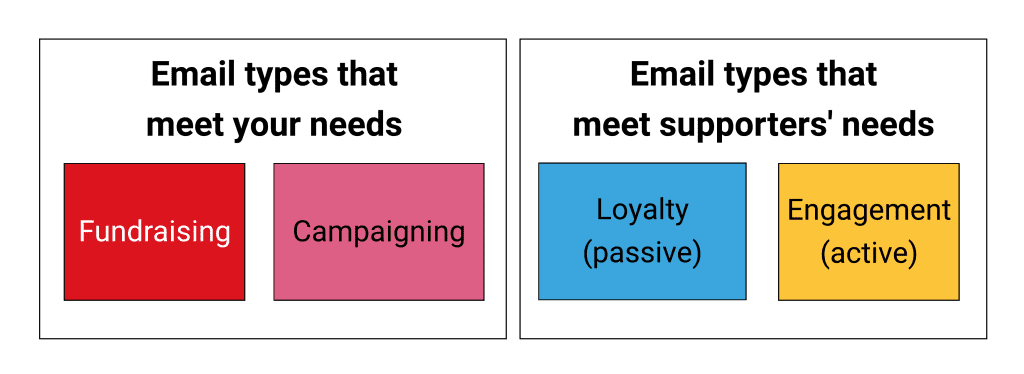
What is an engagement action?
An engagement action is a piece of content that invites your supporters to actively engage with you, and is primarily about one of their needs, not yours.
The ‘active’ bit here is really important. A quick way to assess whether your communication is active is to ask ‘can the supporter experience this fully with their hands in their lap (and without assistive technology like voice dictation)?’ If they can – it’s passive and therefore a loyalty communication, not an engagement action. It’s a fine line and one that’s often pretty easy to get over with a little creative thinking, but by using ‘active’ as the goal you can take something quite simple and create a much richer supporter experience.
For example, can someone watch a video with their hands in their lap? Yes, so it’s loyalty. But what if you made the video slightly interactive, asking the user to make decisions at the end of each section to guide their storytelling? Now, it’s engagement. It’s a fine line that makes a big difference. Now instead of talking at your supporters, you’re engaging with them.
Why bother with them?
At this point you might be thinking – I’m already so busy! Why should I make time for engagement actions?
The incredible thing about engagement actions is that they don’t need to take a huge amount of time or budget to create, but they can uplift the performance of all of your other work. And what’s more, you’ll be surprised at how much fun you have creating them!
Engagement actions can contribute to a large range of supporter objectives, including:
- Educate supporters about a topic
- Build supporter passion and/or empathy
- Help you to learn more about supporters (so you can enrich their experience)
- Help supporters to learn more about you
- Foster a sense of community
- Plus many more…
The right engagement action for the right audience can make people more likely to give and to remain donors for longer. One project in which we created a welcome email journey found that people who took a campaigning and/or engagement action were 4-5 x more likely to make a donation than those who didn’t.
Here’s some examples to get you started
1. A message exchange action to build empathy and connection
An engagement action can help you to connect your supporters to other key groups of people, like your charity’s clients or campaigners.
At Christmas, homelessness charity St Mungo’s invited supporters to write a Christmas message of hope to someone experiencing homelessness. These messages were printed and displayed on Christmas trees in St Mungo’s shelters across the country.

2. Gather expertise and build your community
Charity supporters have a wealth of knowledge and experience that could strengthen their work. So ask them for their input!
Environmental organisation Friends of the Earth Scotland asked their supporters to share their tips for reducing plastic usage and then shared those tips back with the community. This helped encourage supporters to think about the topic in their day to day lives, to produce a valuable resource, and help people feel connected to a broader community of like-minded people.
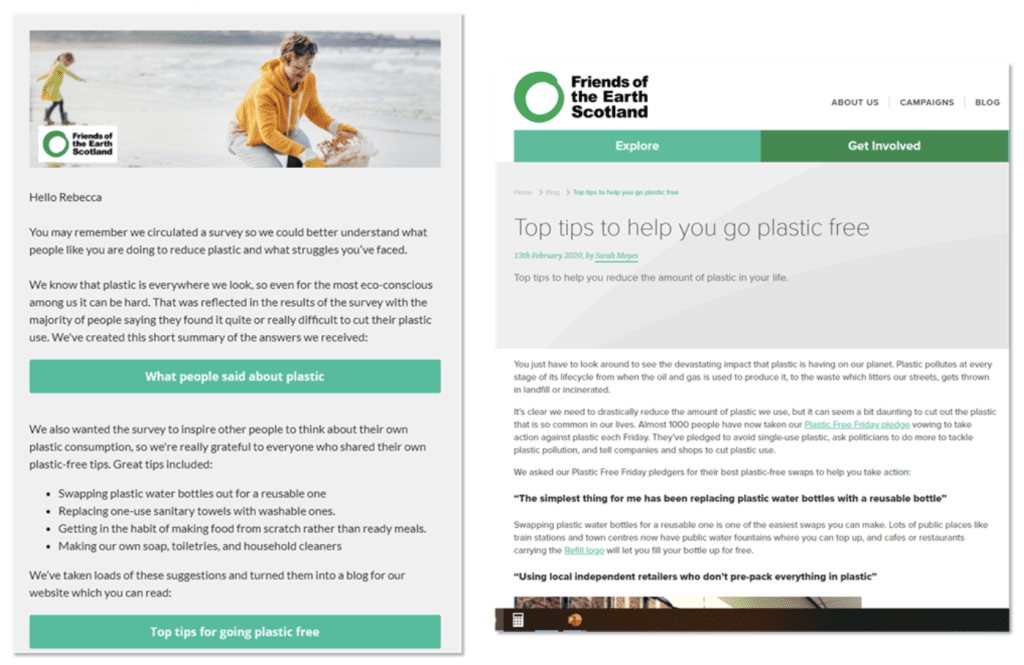
3. A resource finding tool
Help demonstrate your value by connecting people with useful resources.
Sustainable transport organisation Sustrans have a wealth of free resources on their website, but these could be hard to find if you don’t know what you’re looking for.
In this simple form they gathered key information on the supporter’s location and specific needs. At the end of the short form they were presented with a personalised range of resources relevant to their answers including local maps, cycle safety guides for children, and much more.
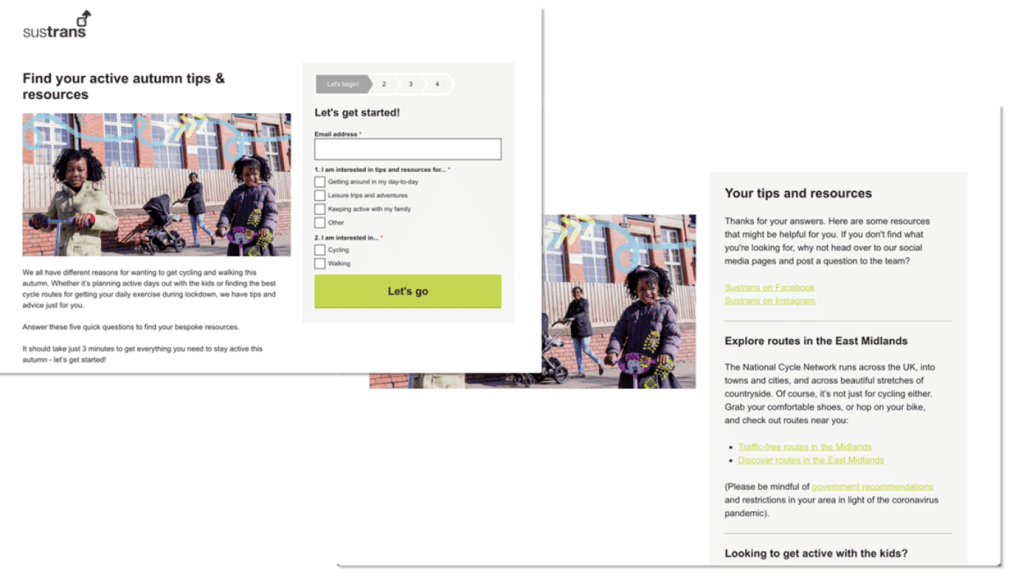
4. Make learning appealing
Do you work on a complex or difficult topic? Engagement actions can help make challenging subject matter appealing and accessible.
Freedom from Torture provide support to survivors of torture as they rebuild their lives in the UK. They wanted to build the knowledge of their newer supporters of the problem of torture and the stories behind it. They made this appealing by using the recipes that they had collected during their cooking classes – one of the many types of therapy that Freeedom from Torture provide. Supporters were asked to guess which country each dish was from and were then told the story of the survivor who cooked it. On the final step they were offered all of the recipes to download and try at home.
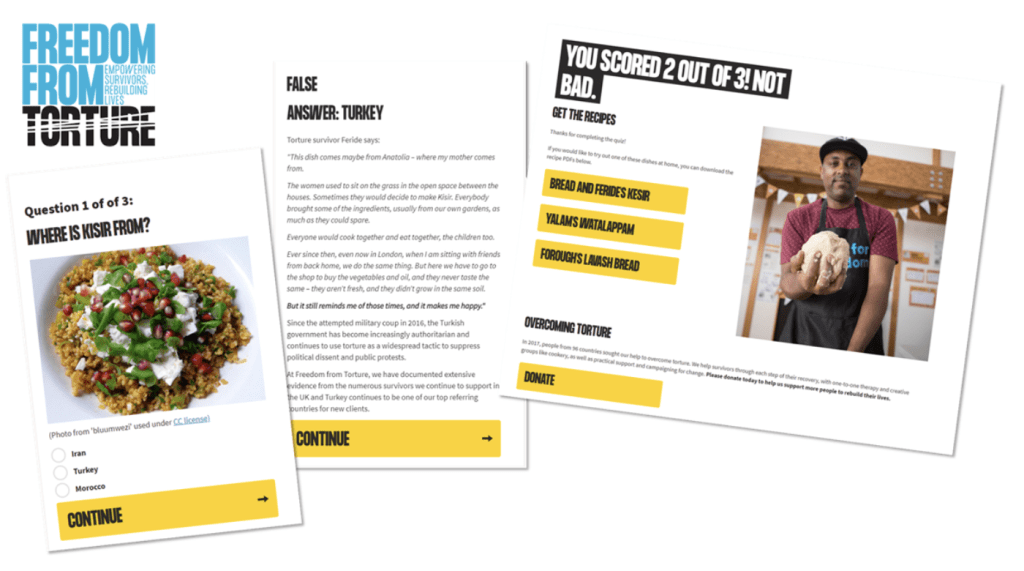
Engagement actions not only enrich supporter experience but they also enhance the overall impact of your work, proving that a small investment in creativity can yield substantial returns for supporter donations and lifetime value.
If you’d like to read more about engagement actions, you can download a free report at: https://act.more-onion.com/engagement_actions
If you want to hear more from MoreOnion, Claire will be speaking at Individual Giving Conference 2024 on Enhancing Donor Relationships through Strategic Engagement
Want to see more content like this? Sign up to our mailing list
Voice Your Thoughts 🗣️
Our platform is open to anyone and everyone in the sector that has an opinion, idea, or resource they would like to share to help make our sector better. If you would like write and share something, pop an email over to hello@fundraisingeverywhere.com and we will support you every step of the way to share your voice.
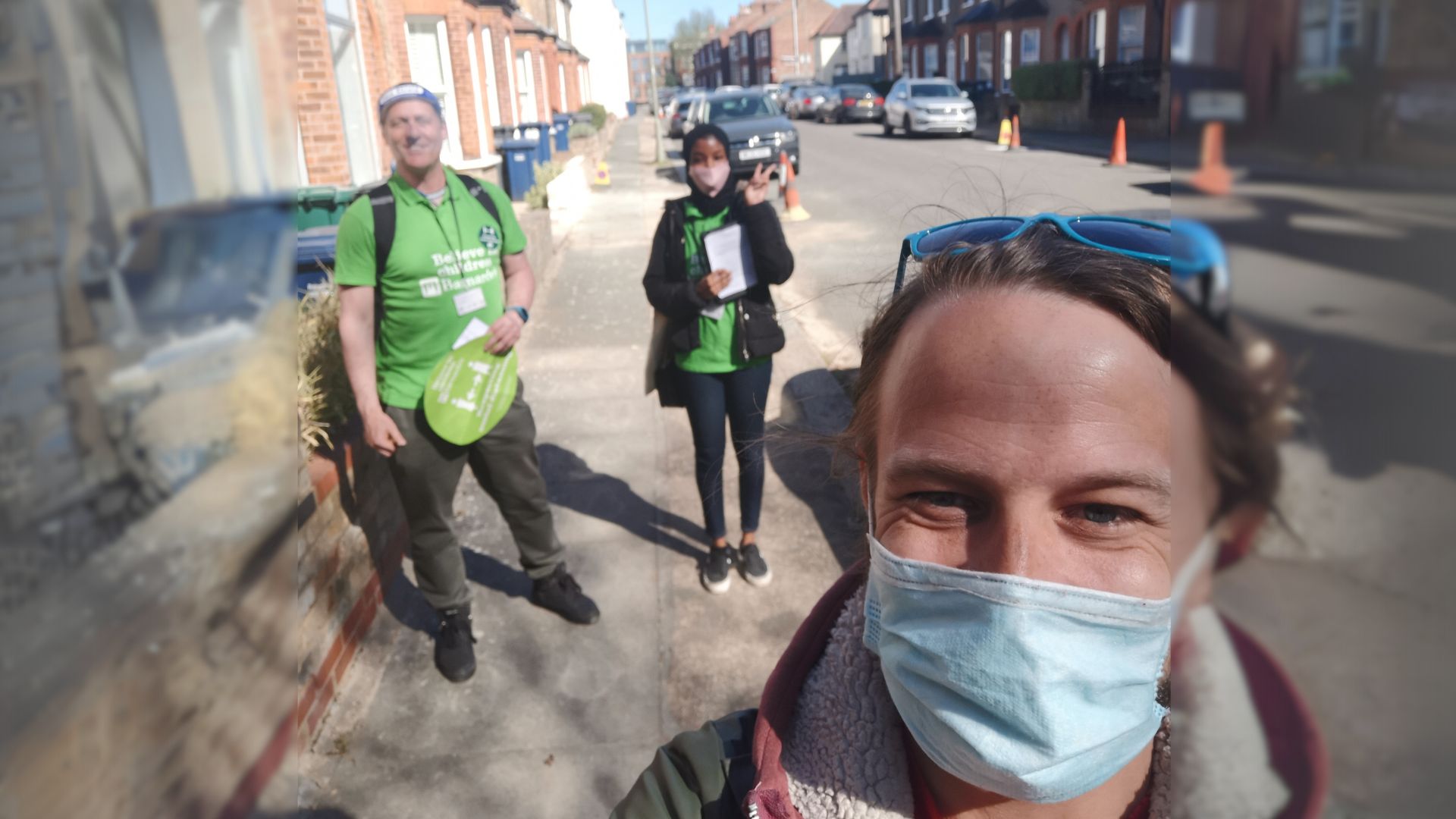
Guest blog post by Daniel Servante
I have always really enjoyed collaborating with others, be it the many bands I started as a teenager, group research projects at university, co-op gaming online in the evenings or building a career in face to face fundraising – give me people, and I am happy. Having the confidence to try something new isn’t always easy, but the best punt I ever took was knocking on a stranger’s door, aged 21, and saying “Hello, have you got a moment to talk?”
I immediately fell in love with fundraising; the incredible causes I was able to represent, the inspiring impact of each conversation I had, the soft skills I was rapidly developing without even noticing. All this immeasurably built my confidence both professionally and personally. Of course, more than anything, I stuck with fundraising for the incredible people who gave me these opportunities and put their all into doing a very difficult yet vital job every day.
Collaboration and Confidence
Fast forward 5 years, I’m at a major fundraising agency managing sites and I saw a few key problems that needed urgent attention. One was sustainability of access, as we often saw the plug pulled on charity bookings after a single piece of negative feedback from a customer or staff member. Sometimes the complaints were fair, often they were not, but either way the site management usually saw no option but to ban all charities until further notice – they did not have any monitoring or quality control processes in place, and did not seek to implement them.
The second problem was a lack of accountability for the quality of private sites and rates being charged. When I discussed private sites with peers in the sector we often found we had all been sold the same unworkable site one after another, all being told how popular it was. We also found that rates were being inflated at the most in demand sites as we were played off against each other for bids to secure them. All in all, we were navigating quite choppy waters.
We set up Green Light Sites with two goals in mind; to build collaboration and inspire confidence. We shared anecdotal feedback on sites between our clients, and developed an in depth team auditing process (Unicef told us this led to a team achieving their highest sign up rate in 4 weeks). We gained access to new and exciting sites such as Westfield shopping centres, while pushing rates down in other key locations UK wide. Overall we offered huge value to both sides by creating much more sustainable and mutually beneficial booking agreements.
Eight thousand hours later…
When lockdown hit we had the opportunity to reflect, and the necessity to innovate. Returning to face to face was going to be a challenge and we were determined to support the sector that gave us so much on this journey. In part we were well prepped for the new ways of working as we all already worked completely flexible hours from home. This is when our auditing became what it is today. By developing brand new processes we were able to offer our unique auditing product for street, telephone and even door to door teams. We added modules on team management, individual work rate, COVID safety and environmental impact to ensure these reports inspired as much confidence for the fundraisers as it did the venues.
It’s now 4 years later and we have gathered what we believe is the most in depth set of performance and compliance data face to face has yet seen. Overall we’ve observed over 8000 hours of fundraising since then (3300 of those last year) and the incredible ambition, professionalism and determination of fundraisers in the UK is plain to see. For example, last year our clients generated a third of the number of complaints per donor compared to the industry average. We can’t wait to share and celebrate all this and more with you all at Fundraising Everywhere’s Face to Face and Telephone conference on April 17th. If you’d like a copy of our 2023 benchmarking report please get in touch too.
I’ve always known F2F fundraisers are some of the most amazing people on the planet, and now I’m delighted to say we have the stats to prove it
Green Light Sites Ltd is a promotional sites and compliance consultancy and service provider, focused on fundraising and ethical marketing campaigns. We offer our clients access to premium space, strategy and planning, ROI modelling, auditing and mystery shopping services.
Voice Your Thoughts 🗣️
Our platform is open to anyone and everyone in the sector that has an opinion, idea, or resource they would like to share. If you would like write and share something, email hello@fundraisingeverywhere.com and we will support you every step of the way to share your voice.
© Fundraising Everywhere.
hello@fundraisingeverywhere.com
+44 333 015 6154
Designed & developed by mtc.
